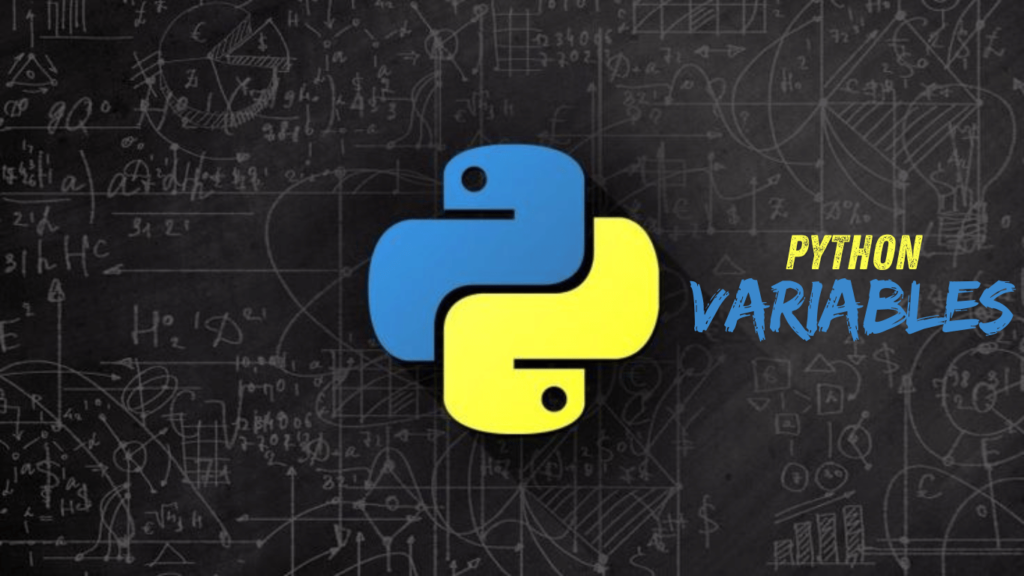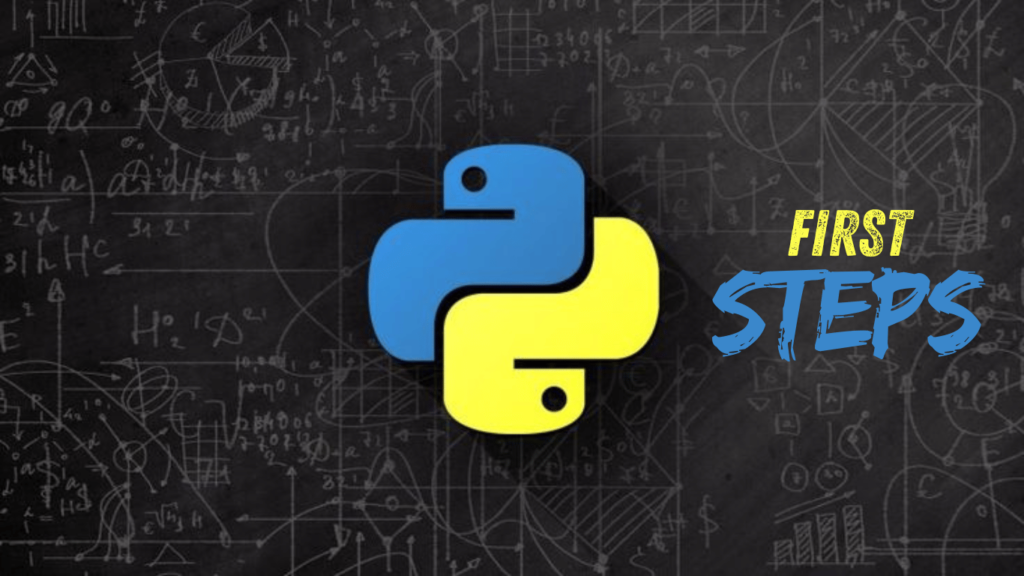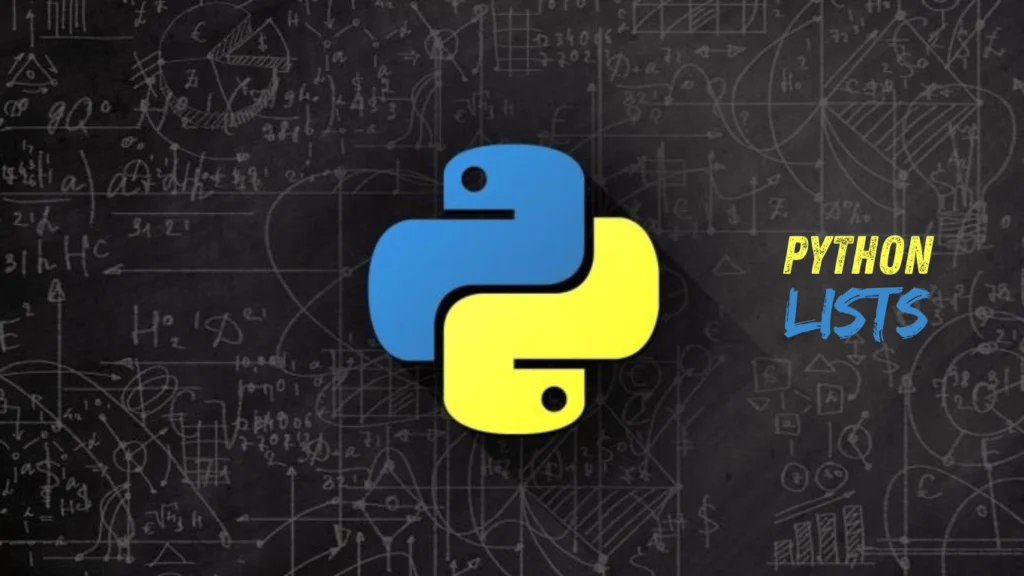Python Data Types , Let’s Learn !

Table of Contents
What are Python Data Types ?
In Python, data types are like the costume choices in a dress-up party for your data. Each type defines what kind of data it holds and what kind of operations you can perform on it. Just like a superhero needs the right outfit to fight crime, your data needs the right type to get the job done.
Here are some of the most popular Python data types:
- Integers (int) : Whole numbers with no decimal point. Think of them as the straightforward heroes of the data world.
- Floating-Point Numbers (float) : Numbers with decimal points, bringing a touch of elegance to your calculations.
- Strings (str) : Sequences of characters wrapped in quotes, perfect for handling text.
- Lists (list) : Collections of items, which can be of different types, making them the versatile team players.
- Dictionaries (dict) : Key-value pairs, akin to an organized librarian who knows where every book is.
Meet the Characters : A Funny Data-Type Script :
Let’s embark on a hilarious journey where Python data types have their own personalities and adventures. Grab your popcorn and let’s go!
# The Quick and Funny Data Types Show !
def quick_data_show():
# Integer - The Straight Shooter
int_var=10
print(f"Integer: {int_var} - Straight to the point!")
# Float - The Fancy Decimal
float_var = 2.718
print(f"Float: {float_var} - Adding a touch of elegance!")
# String - The Drama Queen
str_var = "Python is fun!"
print(f"String: '{str_var}' - Always making an entrance!")
# List - The Multi-Tasker
list_var = [1,"Hello",3.14]
print(f"List : {list_var} - Juggling all sorts of stuff!")
# Dictionnary - The Organizer
dict_var= {"name": "Alice" , "age":30}
print(dict_var)
#Run The Show :
quick_data_show()
Breakdown of the Script :
1. Introduction to the Characters:
- integer_hero represents the straightforward and reliable integer 42.
- float_hero brings a touch of finesse with the value 3.14.
- string_hero is the text-loving Python phrase “The Great Python.”
- list_hero is a collection of programming languages, showcasing versatility.
- dict_hero is the wise dictionary offering opinions on different languages.
2. The List Hero’s Challenge:
– mixed_up_list demonstrates a list containing items of different types. When the script tries to sort this list, it raises a `TypeError` because Python lists need to contain items of the same type for sorting.
3. The Dictionary’s Wisdom:
– The dictionary hero provides opinions about different programming languages, illustrating how dictionaries store key-value pairs.
4. The String Hero’s Trick:
– string_hero transforms into uppercase, showing how strings can be manipulated in Python.
Why Python Data Types Matter ?
Understanding data types is crucial because it helps you:
- Choose the right tool : Use integers for counting, floats for precise measurements, strings for text, lists for collections, and dictionaries for mapping relationships.
- Avoid Errors : Knowing data types helps you avoid common pitfalls, such as trying to mix incompatible types.
- Write Efficient Code : Proper use of data types ensures your code runs efficiently and does what you expect it to do.
Fun Facts about Python Data Types :
- Strings are flexible : You can easily manipulate strings in Python—concatenate them, slice them, or even format them with f-strings. They’re like the chameleons of the data world.
- Lists are like swiss army knives : Lists can hold any type of data, making them incredibly versatile. However, they can only be sorted if they contain items of the same type.
- Dictionaries are super organized : Dictionaries allow you to store data in key-value pairs, making data retrieval fast and efficient. They’re like the ultimate organizers of your data.
Python data types are truly the foundational elements that define how data is handled and processed in the world of programming. Think of them as the building blocks of your code, each one with its own special set of traits, capabilities, and quirks. Just like the characters in a story, each data type plays its role, helping to shape the narrative of your program into something meaningful, functional, and impressive.
When you dive into Python, you’ll encounter the classic integers—simple, straightforward, and reliable. They’re the workhorses of your code, representing whole numbers that are perfect for counting, indexing, or any situation that calls for a precise value. Then, there are the elegant floats, with their decimal points and smooth precision. These data types are perfect for dealing with any number that requires a little more nuance, like measurements, prices, or any situation where a whole number just doesn’t cut it.
But Python’s data types don’t stop there. Enter the list, a dynamic and versatile character that can store multiple items, making it perfect for organizing and managing groups of related data. Whether it’s a list of numbers, strings, or even a mix of different data types, lists offer incredible flexibility in your code. Then we have the dictionary—wise and organized, the dictionary stores data in key-value pairs, giving you the ability to quickly access and manipulate information. It’s like having a well-organized notebook, where everything is neatly cataloged, making your code not only functional but also easy to navigate.
These data types, along with others like strings, tuples, sets, and booleans, are the heart and soul of Python. They help you organize, store, and manipulate data in countless ways, transforming your ideas into fully realized programs. And as you write your Python code, these data types are more than just structures—they’re like characters in a play, each with its own personality and purpose. By understanding how they work and how to use them effectively, you unlock the full potential of Python and create code that’s both powerful and efficient.
So, as you write your next Python program, remember the personalities of these data types. Let the integers be your reliable foundation, the floats add grace and precision, the lists bring versatility and adaptability, and the dictionaries provide organization and quick access. Embrace the humor and flexibility of each one, and allow your code to come alive with the magic of Python data types. With these building blocks at your disposal, there’s no limit to what you can create. Happy coding, and let the world of Python data types work their wonders in your next project!





